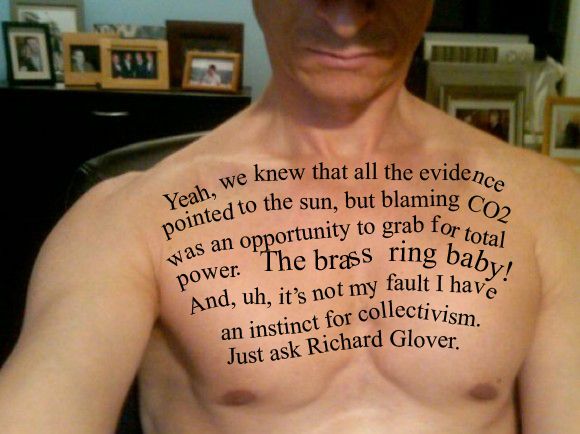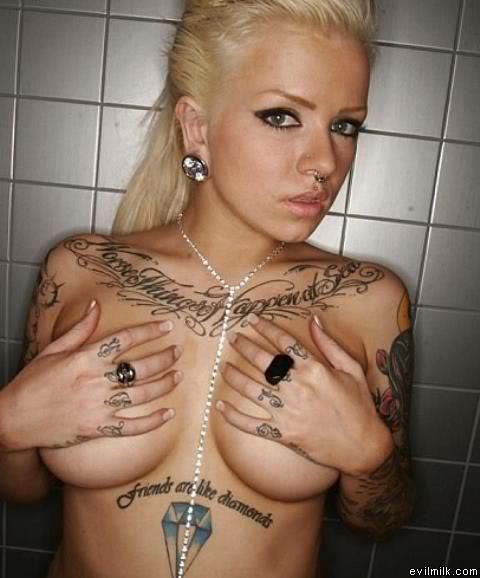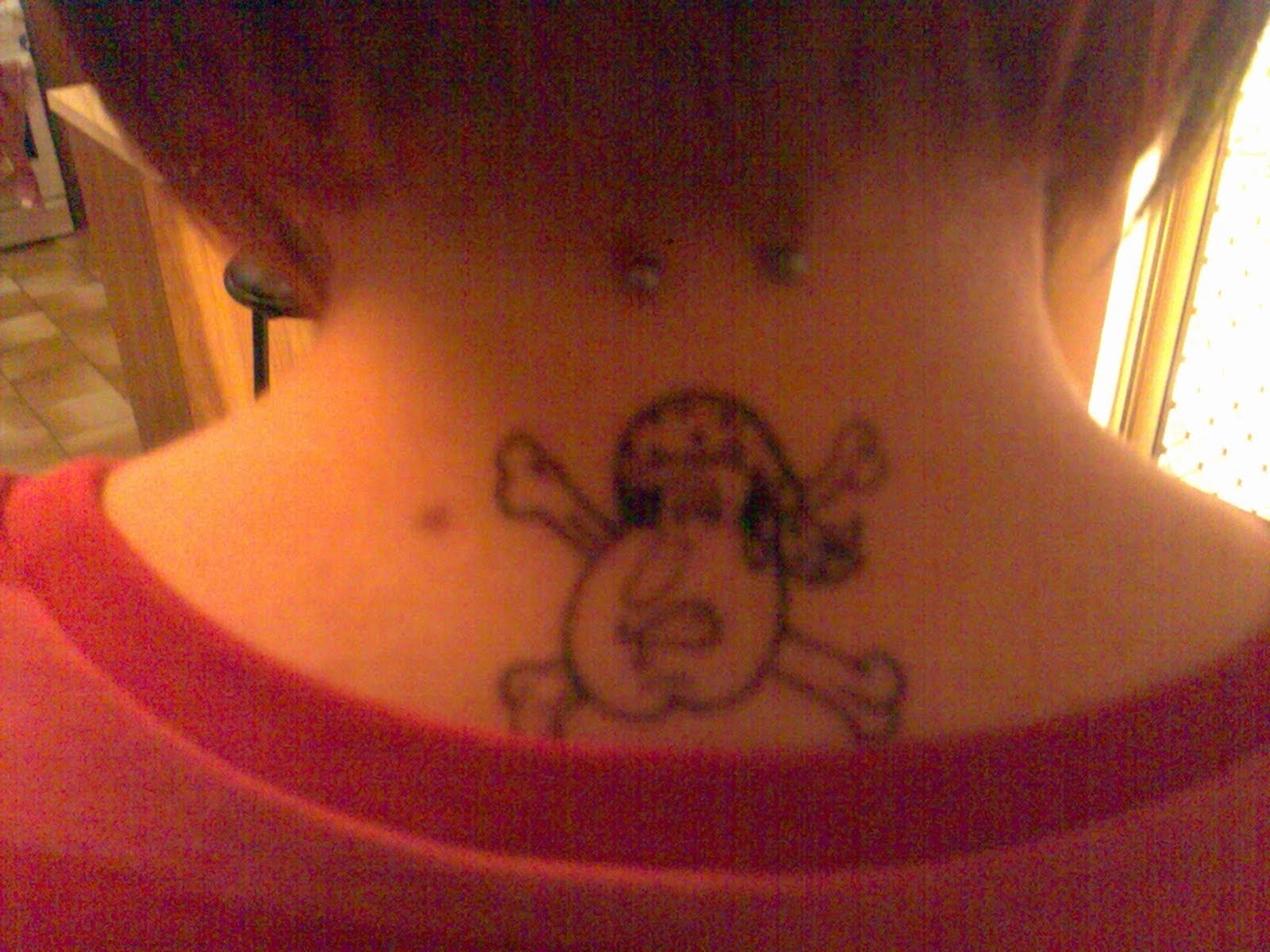Crown Prince Maha Vajirunhis of Siam
Somdet Phra Boromma-orasathirat Chao Fa Maha Vajirunhis Sayammakutratchakuman
สมเด็จพระบรมโอรสาธิราช เจ้าฟ้ามหาวชิรุณหิศ สยามมกุฎราชกุมาร
27.VI.1878 – 4.I.1895
The Kingdom of Siam
At one point in the history of Siam
Historically, the people of Siam
The Last 'Maha Uparaja'
Prince Vodyingyos
After the Second King's death, his son, His Royal Highness Prince Yodyingyos, Prince Bavornvijaya Jarn, was created the next Krom Phra Rajawang Bavorn, and became the last Maha Uparaja. Uniquely, Prince Yodyingyos, when chosen as Maha Uparaja was not chosen by a king, but by a council of Royal princes and statesmen during the last days of King Monkut, (Rama IV).
When Prince Yodyingyos of Siam passed away in 1885, His Majesty King Chulalongkorn of Siam
King Chulalongkorn (Rama V) was the fifth monarch of Siam Thailand , he is considered one of the greatest kings of Siam Siam , immense government and social reforms, and territorial cessions to the British Empire and French Indochina!
King Chulalongkorn of Siam
As Siam was threatened by Western expansionism, Chulalongkorn, through his policies and acts, managed to save Siam Siam
Although tradition embraced the thought that by appointing from the various sons of the Second King Pinklao, they were able to let the memory of another great king live on, this time would be different. King Chulalongkorn (Rama V) had not in fact seen eye-to-eye with the last Maha Uparaja, so he had his cabinet research the full history of the Maha Uparajas.
Upon conclusion of the project, in short, as it was an established practice that the reigning king had appointed the next in-line, it would continue, with an introduction of a new variation. This time the King simply chose his own son, and introduced a new title of Crown Prince, or Somdetch Pra Boroma Orasathiraj Sayam Makut Rajkumar, which translates exactly to ‘that the son of the king would be the next in-line to the throne.’ He would then pick the first-born to him and his principle Queen.
Queen Savang Vadhana of Siam
The King’s eldest son, Prince Vajirunhis fell exactly into this category. His Royal Highness Prince Maha Vajirunhis was the twentieth child of His Majesty King Chulalongkorn (Rama V) and the eldest son of Queen Savang Vadhana. As he was the eldest son to hold the royal rank of ‘Chao fa,’ as his mother was also of royal blood, he became the first Crown Prince of Siam.
Upon inspection, the royal ranks of Siam
The Crown Prince Maha Vajirunhis was a handsome and bright child, meticulously brought up to be the next king, following his father's footsteps in every way.
As was evidence in Prince Vajirunhis' diary, he was a very well learned child, brought up to rule, and he was very mature for his age. Like many princes of his time, he kept a diary since he was six years old, and was able to write English fluently by age fifteen. This would add to the fact that Royal boys came of age at about ten to eleven years of age, when they would go through the Tonsure Ceremony, advertising to all about their grown-up status.
A specially designed structure was constructed for the ‘Long Srong’ or ‘Long Tha’ Ceremony in preparation for the Investiture of the Crown Prince where the prince would be bathed in the river. The ceremony was performed by King Chulalongkorn (Rama V) on Friday, January 14, 1886 at Rajvoradis Pier. The Royal Barges came out in full force for the ceremony.
Translations from Prince Vajirunhis' diary from the time of the ceremony is as follows:
Friday, 14 January 1886 - The Long Srong Ceremony - "I woke up at 7am, had breakfast, then dressed in white uniform. Started on the palanquin at 9am and the procession went past the rose-apple tree, the Royal Mint, and went through the Srisunthorn Door (of the Grand Palace
Uncle Noi received me from His Majesty's hands. Uncle Noi wore cloth of white and gold, and carried me to swim among the coconuts. Swam three times, and came up to sit on the three-tier stand, where His Majesty poured holy water on me first, then (the members of the holy monks and senior members of the royal family). Then changed into the Krui (a light gown richly embroided in gold) but wore it like a monk. Then went on the palenquin back to the main palace and was given the Supannabatra (a solid gold card inscribed with the name of the royal whom the king is naming, traditionally given to new-born royals. In this case, Prince Vajirunhis received a new name and title as Crown Prince of Siam) and the regalia which included two swords, a Nine-Gems ring, an emerald ring with my crest etched into the emerald. Then I changed into my new Crown Prince uniform, wore the Noparatana Star, wore the Noparatana Necklace (the highest Royal Orders and Decorations), carried a pistol (part of the regalia), and was taken back. I did not go back home, but stayed in the garden. At 4pm I changed into Krueng Ton uniform and wore the Crown of Dangling Flowers, then went back.'
Saturday, 15 January 1886 – ‘I woke up at 8am and played with the younger royals. About 2pm got dressed and put on ankle bracelets and went to get dress further at Nong Kran Throne Hall. Uncle Noi came to put on the headdress. Today I wore the five-tier Chada, which is heavier than the Flower Crown. I sat under the Savetra Chatra (white tiered umbrellas reserved for royalties) and was carried in a procession at the Vien Tien Ceremony (a Buddhist ceremony involving the walking around a holy mount three times with lighted candles). His Majesty gave me 20 chang of money (old currency, 1 chang = 80 Bahts) and a Chinese gold bar. The English Ambassador named (Sir E. M.) Satow came with a telegraph from the Queen (Victoria) of England
Tuesday, 18 January 1886 – ‘At 9am I got dressed in yearabub (brocade made of silk woven with gold threads) and put on the Chula Chom Klao and Chakri necklaces, tied on the bracelets, wore the three sash including the Noparatana, pinned on three stars, Noparatana, Chakri and Chula Chom Klao, the diamond headdress (a hat-like headdress) and wore the ankle bracelets. I went up to His Majesty's room. I wore the Krui, and was taken on the palanquin (carried by soldiers) in a procession around the city. I went with His Majesty to the Sutthaiwawalaya Throne Hall, and he took off his krui and crown, and I followed suit. Other royals including Uncle Noi came and bowed, and received royal decorations. They came from the North and South, and walked up in orders followed by the Mom Chaos, Ministers and the Army. It looked beautiful. When finished distributing the decorations, (the king) gave to Uncle Noi a golden sword, gave a Noparatana Star to Uncle Devan (Prince Devan Uthaiwongse). Many royals received the blue sash (decorations) as well as many ministers, royals from the colony as well as regents of the different regions. It rained at that time, but when we were to move in a procession, the rain stopped. The sun shorn when we moved out. His Majesty threw coins all the way, and placed some at the four trees (a symbolic gesture). All the royals wore yearabub and crowns/coronets, in full regalia. I saw Mother and other female royals came out to watch the ceremony. We came back in the afternoon, and I was a little tired because I had to sit for a long time. There was also a gun salut as well when we were moving. When we finished dinner, Mother went back to her room. I watched the entourage of royals until finished. It was late. To bed at 7pm.’
Wednesday, 19 January 1886 – ‘Woke up, had breakfast and played in the reception room. Went to see His Majesty in the afternoon. He told me to go and fetch the Supannabatra for him to look at again. He then gave me a kiss. At night, I went back, had dinner and played on the balcany. Went to bed at 1am.’
Thursday, 3 February 1886 – ‘Woke up early and had breakfast. At 10am had a photo session. Today, I wore the Kreung Ton uniform, and took two pictures. In one I wore the crown, and another I wore the five-tier Chada. In another picture I wore the same clothes as when we went around the city. Came back at 1pm. Went with His Majesty to receive the aristocrats. At night, there are a lot of letters for His Majesty. He went up at 8pm. I came back and played in the reception room. Went to bed at 10pm.’
King Chulalongkorn & Crown Prince Maha Vajirhunis
Sadly, Crown Prince Maha Vajirunhis did not live beyond the age of seventeen. The young prince died of typhoid on Friday, January 4, 1895, just nine short years after this historically important ceremony. He was succeeded by his half-brother Prince Vajiravudh, who was then at boarding school in the England
The Palace of the Crown Prince
The palace, nicknamed "Windsor
NR
© 2011 The Esoteric Curiosa. All Rights Reserved
























